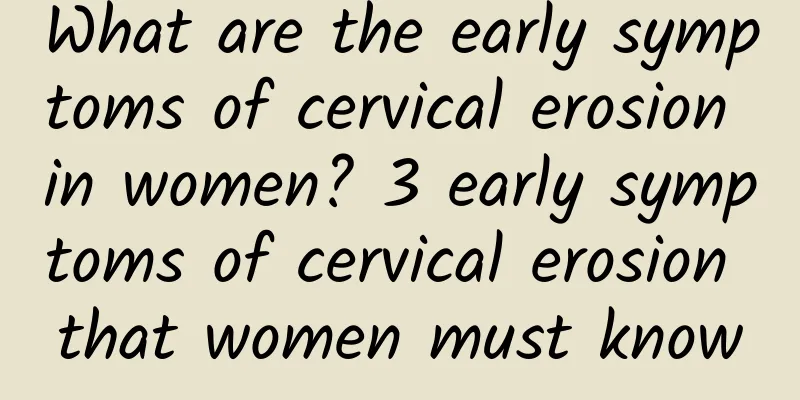Etiology of endometrial tuberculosis

|
What is the cause of endometrial tuberculosis? Endometrial tuberculosis is a disease caused by blood stasis in the uterus and Chong and Ren meridians, which causes endometrial tissue with growth function to appear in other parts of the uterus. Modern medical research has the following five views on endometrial tuberculosis: 1. Immunology: Some people believe that when women have normal immune function, the endometrial cells that flow into the abdominal cavity through the fallopian tubes during menstruation are killed by the local immune system. If the local immune function is insufficient or the number of endometrial cells flowing back into the abdominal cavity is too large, the immune cells are insufficient to kill them, and endometrial tuberculosis occurs. There are also reports that the number of patients with endometrial tuberculosis who have a history of lupus erythematosus or other autoimmune diseases is twice that of patients without the disease. 2. Genetic factors: Simpson proposed that the incidence of endometrial tuberculosis in the first-degree parents (women) of patients with the same disease was significantly higher than that in the control group. However, no specific HLA antigen related to the disease was found. 3. Coelomic metaplasia theory: The germinal epithelium of the ovary, pelvic peritoneum, and pleura all originate from the lymphatic and venous spread of the coelomic epithelium. Repeated stimulation by menstrual blood, hormones, or chronic inflammation can metaplasia into endometrial-like tissue, forming endometrial tuberculosis. 4. Endometrial implantation theory: Sampson first proposed that endometrial fragments shed during menstruation enter the abdominal cavity through the fallopian tubes with the retrograde flow of menstrual blood, implant in the ovaries and adjacent pelvic peritoneum, and then grow and spread, developing into endometrial tuberculosis. Women with reproductive tract malformations or obstructions often have endometrial tuberculosis, indicating that retrograde menstrual blood can cause endometrial implantation. Endometrial tuberculosis in abdominal wall incisions or in perineal wounds after childbirth is caused by the surgeon bringing the endometrium to the incision, resulting in iatrogenic implantation. 5. Lymphatic and venous spread theory: The presence of endometrial tissue in the pelvic veins or lymph nodes supports this theory. It is also believed that endometrial tuberculosis occurring in organs far away from the pelvic area, such as the lungs, hands, and skin and muscles of the thighs, may be the result of lymphatic or venous spread. |
<<: What does the cost of pelvic peritonitis examination mainly include?
>>: What is the cause of endometrial tuberculosis?
Recommend
Auxiliary examination measures for irregular menstruation should not be ignored
If you want to solve the problem of irregular men...
There is a secret to losing weight quickly. Combine 4 fat-burning superstars to help you lose weight easily in 2 weeks!
Graduation season is here again, and teacher appr...
What are the types of myomectomy? Common methods of myomectomy
Commonly used surgical removal of uterine fibroid...
What are the treatments for menopause?
After suffering from menopause, the diet of menop...
Celebrity primitive diet loses 10 kg after giving birth
The "Paleo" diet, also known as the cav...
Will Motherwort Granules cause miscarriage? What are the precautions for taking Motherwort Granules?
For women, Motherwort Granules is a very commonly...
What are the key points for preventing dysmenorrhea?
Many female friends are troubled by dysmenorrhea,...
Can I drink milk tea after abortion?
It is not recommended to drink milk tea immediate...
Common symptoms of cervical hypertrophy
Cervical hypertrophy is often clinically manifest...
Inventory of the hazards of endometrial tuberculosis
Let's take stock of the hazards of endometria...
Introduction to several effective methods for treating candidal vaginitis
For female friends, it is necessary to treat cand...
Malignant uterine fibroid bleeding symptoms
Symptoms of bleeding from malignant uterine fibro...
Say goodbye to trans fats and put calorie counts on chain stores
It is the last month of the year again. December ...
How to treat pelvic inflammatory disease to completely cure it
Pelvic inflammatory disease is an infectious dise...
What are the early symptoms of habitual miscarriage? Pay attention to these 5 aspects
Habitual miscarriage often occurs repeatedly, ser...









